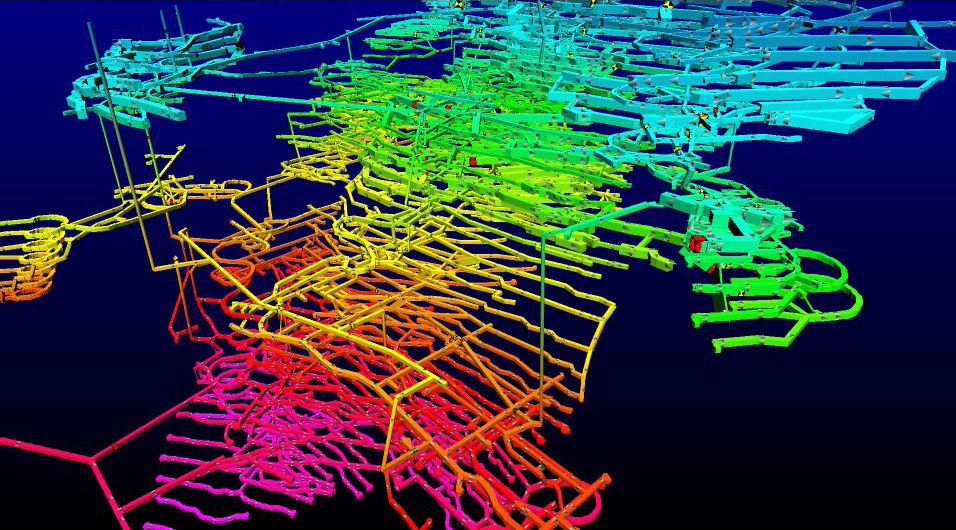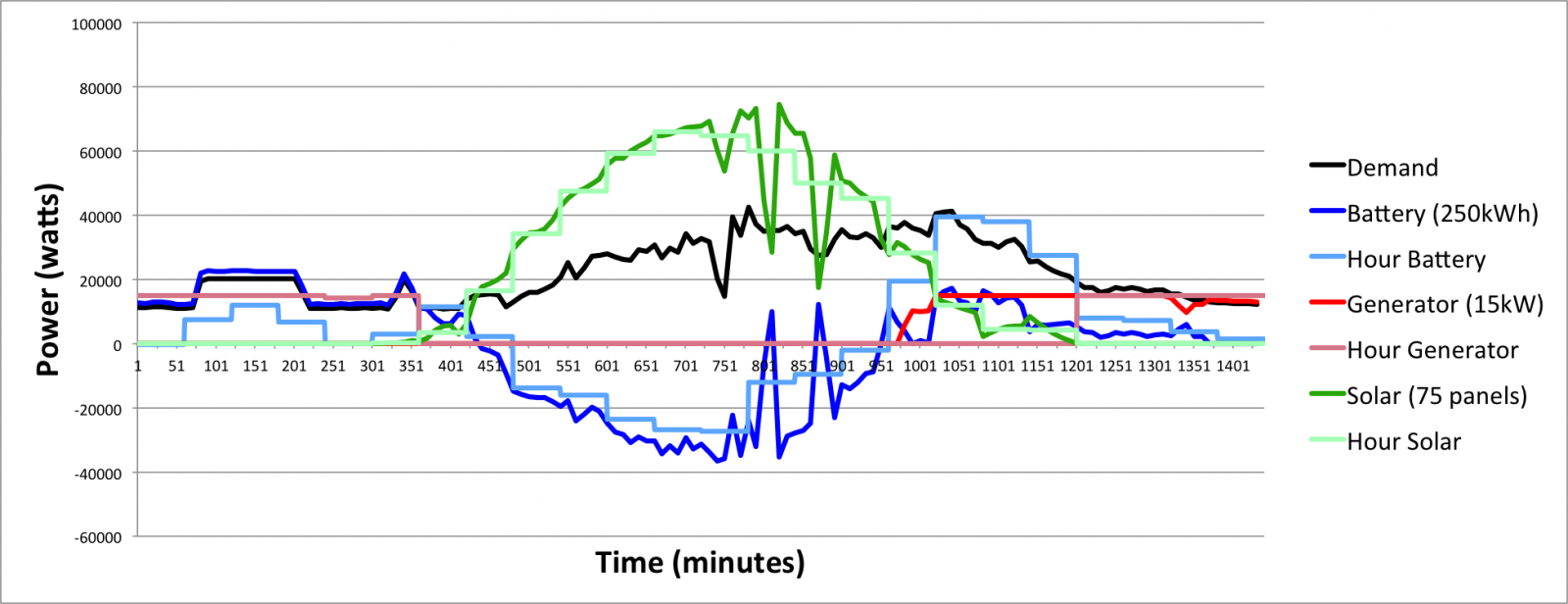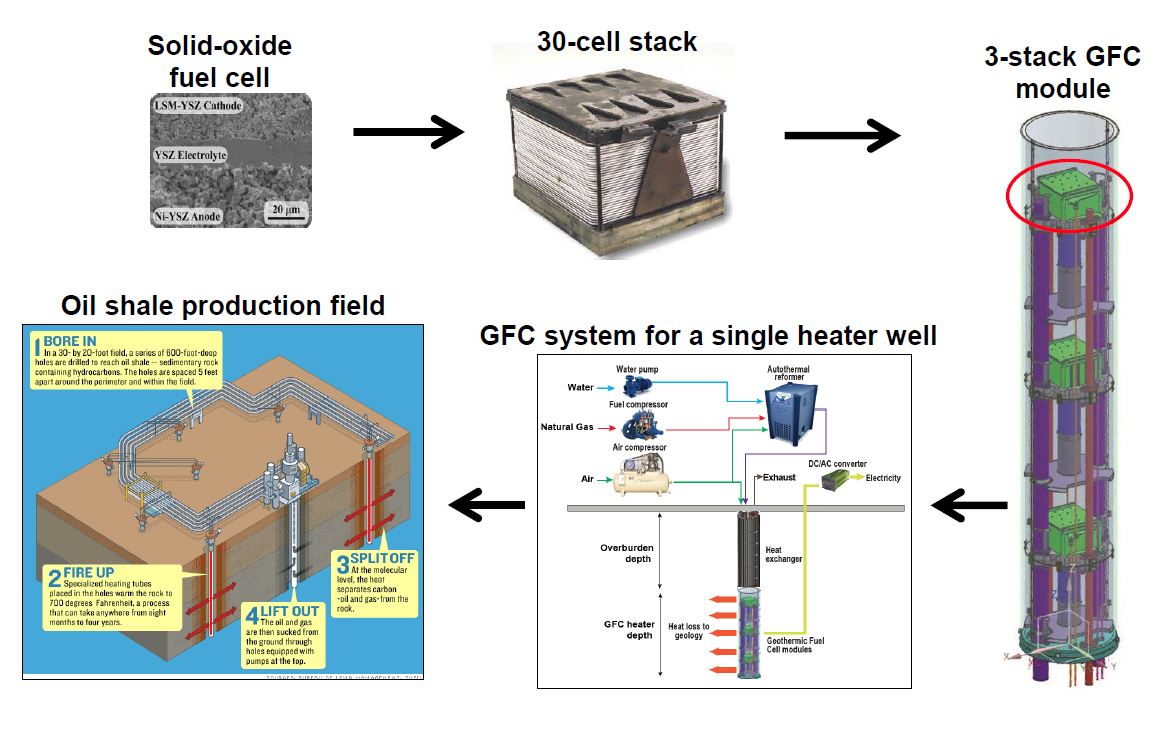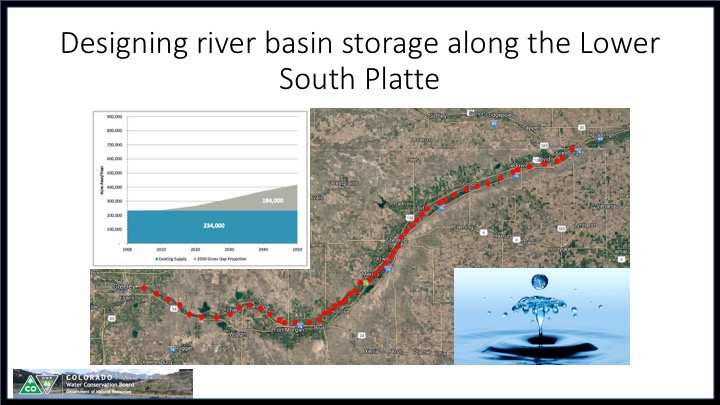Research
Current
Analytics and Optimization Models for Team-Building Decisions

Management science researchers have long been asking an important question: “how does team performance depend on team composition?” This performance is a result of a collective team behavior that depends on the composition of the team; thus, it is important to consider the different roles that team members play when investigating team performance. Team roles, or the “style of behavior of a team member” is a topic of research interest as a first step towards investigating team performance and composition. This research uses as a case study a professional basketball league. We develop a novel clustering methodology to identify archetypes in the NBA. We then formulate an optimization model that considers these archetypes and the roles they play within a team context to assist executives in their team-building process. Ultimately, we aim to incorporate uncertainty in these decision-making models given the competitive nature of the player acquisition process in the NBA.
Ancillary Service Provision in Concentrated Solar Power

Independent Systems Operators welcome bids from power plants in the day-ahead electricity market in the seven different power markets across the United States. Ancillary services complement energy production to ensure the reliability of a power system and contribute to the goal of matching energy supply with demand at different points in time. Typically, these services respond over short time frames on the order of one second to ten minutes, and include spinning reserves, non-spinning reserves, regulation up, and regulation down. The extent of ancillary services procurement varies across different power markets, and may make concentrated solar power more attractive the more it can provide system reliability in the way more conventional energy sources do.

Kehinde Abiodun, Karoline Hood
Improving Fidelity Of Dispatch Decisions For Concentrated Solar Power Plants

Concentrated Solar Power (CSP) systems with thermal storage are capable of responsive operation as market or weather conditions vary, but are burdened with an abundance of possible operational schedules that satisfy the engineering requirements of the system. The primary goal of the project is to increase net revenues from electricity sales by anticipating and producing power during high-value time periods, while reducing revenue loss due to maintenance and long-term component wear and tear. This project will extend prior work on System Advisor Model, in CSP dispatch optimization, and in direct normal irradiance forecasting to provide a software tool to be used in situ at operating facilities to execute optimal operational strategies. The reliability of the steam generation systems (SGS) has been the most noted issue regarding availability. The heat exchangers within the SGS have required premature maintenance resulting from manufacturing defects (e.g., tube to tubesheet welding), subjugation to improper water quality during operation, and process design regarding excessive temperature gradients during operation. Thermo-mechanical stress resulting from transient thermal loading and temperature gradients is a main contributor to premature leak-failure within shell-and-tube heat exchangers (STHX). Currently, there is a lack of industry standards or codes to understand the relationship between geometry, operations, and thermo-mechanical stress within complex zones of STHXs. Capturing the underlying physics of operation through well-informed engineering models enables us to populate an optimization model with accurate, policy-dependent operating costs. This proposed work develops a predictive modeling tool that evaluates the thermo-mechanical stress within complex zones of the STHXs across a wide range of off-design operations with considerations of various control schemes representative of a CSP plant.

Phillip Buelow, Anna Perez, Karoline Hood
Concentrating Solar Power Mirror-Washing Optimization

Jesse Wales
Design and Dispatch of Concentrating Solar Power Tower Systems with Utility-scale Photovoltaics
 As concentrating solar power (CSP) systems become more common, the need for experienced operators arises. We extend a dispatch optimization model to provide operator decision support in a real-time setting. This model considers a more detailed plant representation, including solar resource quality and the resulting power cycle efficiency. We combine the updated CSP dispatch optimization model with other technology models to evaluate the design of more complex hybrid renewable energy plants. A flexible execution framework facilitates the analysis and optimization of future renewable energy installations.
As concentrating solar power (CSP) systems become more common, the need for experienced operators arises. We extend a dispatch optimization model to provide operator decision support in a real-time setting. This model considers a more detailed plant representation, including solar resource quality and the resulting power cycle efficiency. We combine the updated CSP dispatch optimization model with other technology models to evaluate the design of more complex hybrid renewable energy plants. A flexible execution framework facilitates the analysis and optimization of future renewable energy installations.
William Hamilton, John Cox
Renewable Energy Integration & Optimization (REopt) Performance Enhancements
Combined Heat and Power Integration

Multi-objective Optimization for Economics and Resilience
NREL and Mines are using REopt, an energy modeling and optimization tool for distributed energy systems, to screen the Cape Fear Public Utility Authority Northside wastewater treatment plant for economic and resilient distributed energy resource technology types, capacities, and potential savings. This work evaluates the potential for solar photovoltaics (PV), battery energy storage systems (BESS), and/or combined heat and power (CHP) to reduce energy costs and add resilience for a seven-day outage.
International Application
Current application includes a case study for a hospital in South Africa, and helps reduce dependency on the unreliable South African power grid. Energy users in South Africa invest in distributed generation in the form of back-up generators to provide electricity during grid outages. However, the design of such systems is based on rules of thumbs, rather than guided by an optimization model.
Heat Limitations in Underground Production Scheduling



A problem in the mining industry is production scheduling, or determining when, if ever, notional three-dimensional blocks of ore should be mined. Often lacking in underground production scheduling models is the consideration of heat, accumulated largely by the equipment used for the execution of underground activities such as development, extraction, and back-filling. To correct this, we attribute a specific heat load to each mining activity based on equipment use, autocompression, broken rock and strata rock. We simulate engines used in diesel equipment under the same conditions as those in the mine airway to accurately characterize heat and emissions. We incorporate heat considerations as a knapsack constraint in an integer programming model to generate more realistic schedules; adhering to them could increase revenue by lowering refrigeration costs for the mine and also ensure the health and safety of workers. Future research will allow for the exploration of alternative
fuels and evaluation of their impact on the environment in working areas.
Aaron Swift, John Ayaburi
Scheduling Optimization for Continuous Steel Casting and Rolling Operations

Past
Mathematical Model of Hybrid Power System

A mathematical model designs and operates a hybrid power system consisting of diesel generators, photovoltaic cells and battery storage to minimize fuel use at remote sites subject to meeting variable demand profiles, given the following constraints: power generated must meet demand in every time period; power generated by any technology cannot exceed its maximum rating; and best practices should be enforced to prolong the life of the technologies. We solve this optimization model in two phases: (i) we obtain the design and dispatch strategy for an hourly load profile, and (ii) we use the design strategy, derived in (i), as input to produce the optimal dispatch strategy at the minute-level. Our contributions consist of: combining a year-long hourly optimization procurement strategy with a minute-level dispatch strategy, and using a high-fidelity battery model at the minute level derived from electrochemical engineering principles that incorporate temperature and voltage transient effects. We solve both phases of the optimization problem to within 5% of optimality and demonstrate that solutions from the minute-level model more closely match the load, more closely capture battery and generator behavior, and provide fuel savings from a few percent to 30% over that provided by the hour-level model for the tested scenarios.
Mark Husted
Underground Mine Design and Scheduling

Large underground hard rock mines are complex industrial projects whose economic success depends on intelligent design and detailed scheduling. The choice of ore extraction method influences decisions regarding the type of infrastructure and sequence of activities for an underground mining operation. Current industry practice selects a single ore extraction method based on ore body characteristics (e.g., grade, depth, and rock hardness), and, as a function of this method, produces an extraction schedule. Considering multiple methods requires navigating geotechnical complexities associated with the interaction of different mining methods; a feasible schedule must consider both intra- and inter-mining-method precedence. We are researching a methodology that combined formal optimization with heuristics to design an underground mine consisting of two extraction methods in order to maximize profitability via its corresponding production schedules over the life of the mine. A heuristic determines by which method an area of the mine is extracted and an optimization model determines the time at which each activity takes place. We empirically demonstrate that the optimization-based heuristic generates solutions that improve profitability.
Peter Nesbitt
Improving Sports Media's Crystal Ball for National Basketball Association Playoff Elimination

The National Basketball Association (NBA) is divided into two conferences, each of which is comprised of fifteen teams. At the end of the regular season, the top eight teams from each conference, based on winning percentage, compete in the playoffs. An integer-programming model determines when a team has guaranteed its position in the playoffs, or, conversely, when it has been eliminated before the completion of the regular season. At the end of the regular season, there are instances in which teams’ winning percentages are tied. Ties are broken using seven independent criteria, and we implement these by determining: (i) when a team has been eliminated from the playoffs; and (ii) how many games a team must win in order to clinch a playoff position. The results are published on the RIOT website so fans can follow their favorite teams’ playoff standings. We compare the time at which (and day on which) these results are published as the NBA official standings; in many cases, RIOT notifies
the public prior to the NBA by, on average, 4.1 games. We also describe a scenario in which the NBA erroneously reported the Boston Celtics had clinched a playoff spot and a show that the Golden State Warriors had clinched a playoff spot before the official announcement by the NBA.
We compare our results against what is posted on the NBA website for the 2017-2018 regular season. The figure shows the date on which the respective information source determined when a given team either clinched first place in the conference, clinched a playoff position, or was eliminated from the playoffs for the Eastern Conference. Cells highlighted in green show RIOT outperforming the NBA’s published results and blue represents the case in which the two tie, where we define outperformance as the ability of a model to determine earlier that a given team had either clinched or been eliminated. https://s2.smu.edu/~olinick/riot/detail_nba_numbers.html
Mark Husted
Solid-Oxide Fuel Cell Assembly for Unconventional Oil and Gas Production

We study a multi-objective design and dispatch optimization model of a solid-oxide fuel cell assembly for unconventional oil and gas production. Fuel cells are galvanic cells which chemically convert hydrocarbon-based fuels to electricity. The Geothermic Fuel Cell concept involves utilizing heat from fuel cells during electricity generation to provide thermal energy required to pyrolyze kerogen into a mixture of oil, hydrocarbon gas and carbon-rich shale coke.
Gladys Anyenya
Designing River Basin Storage Along the Lower South Platte

As the demand for water within the South Platte Basin grows, we seek to mitigate the shortage that will ensue by the optimal placement of additional reservoir storage while including water transfers via pipeline.